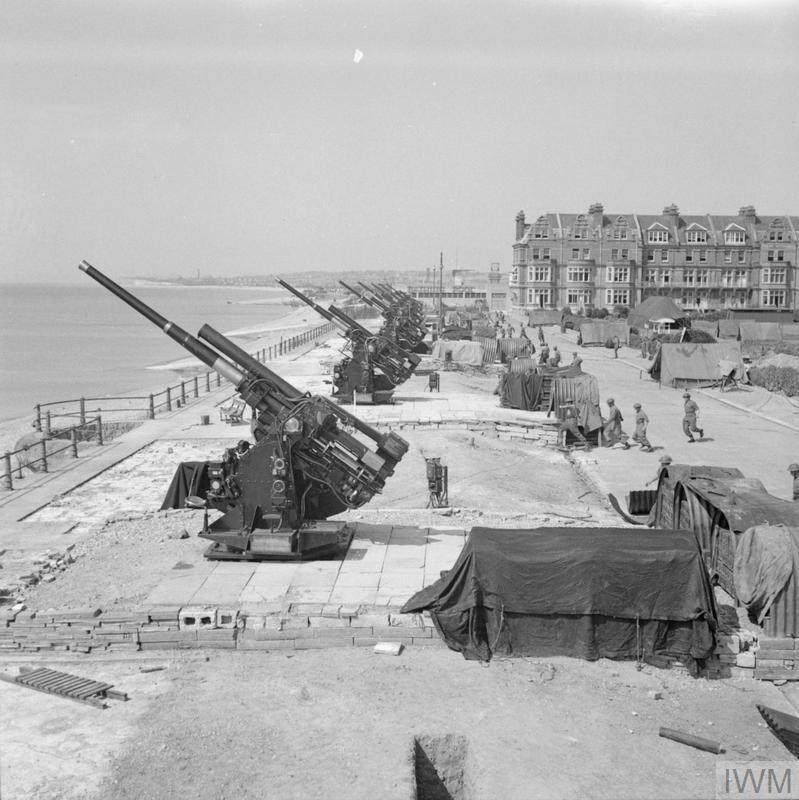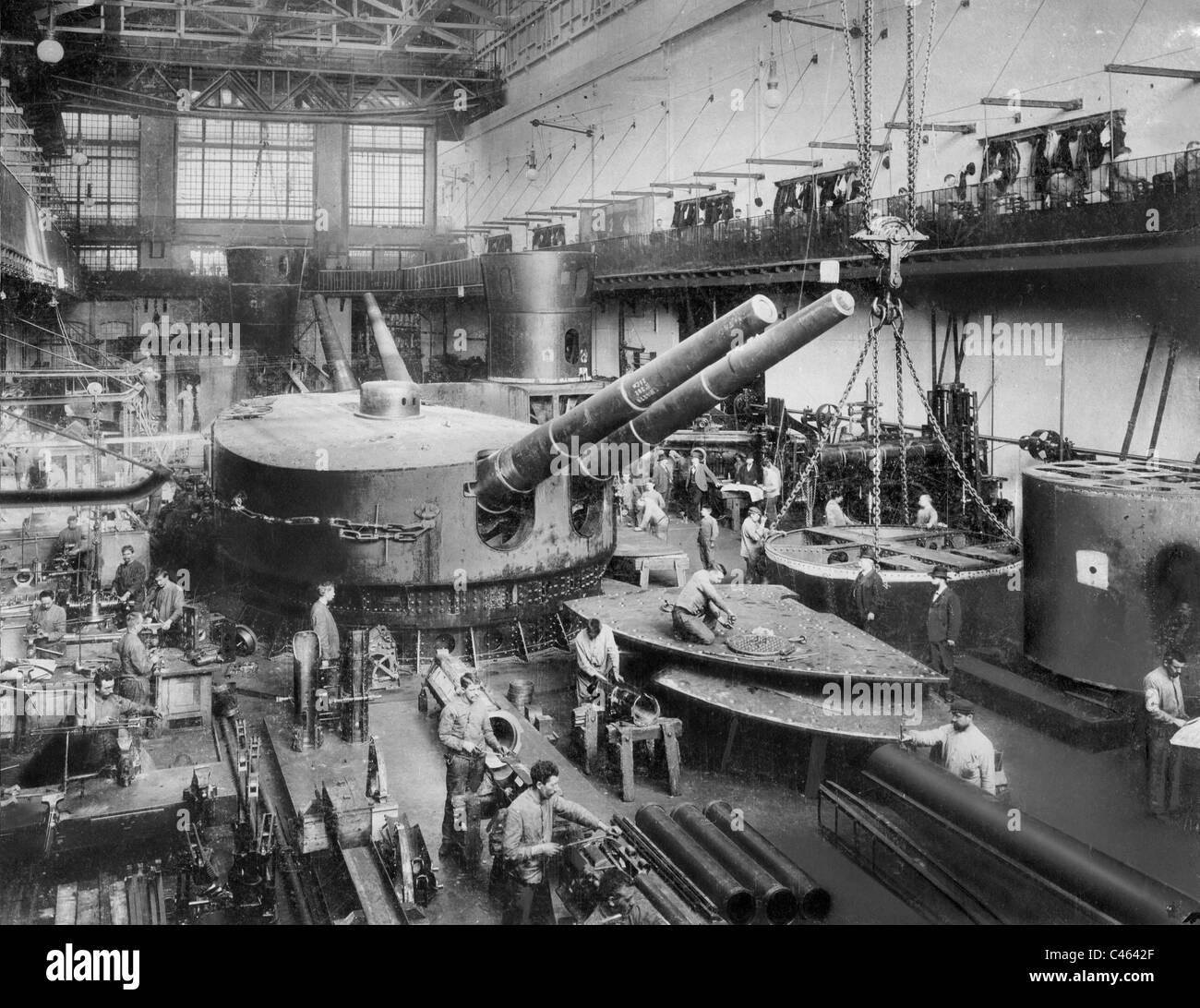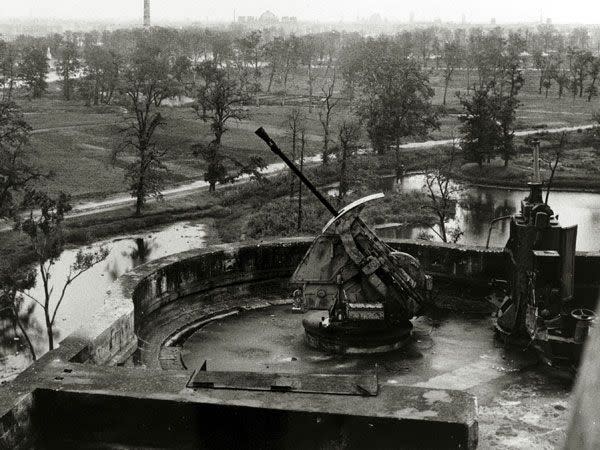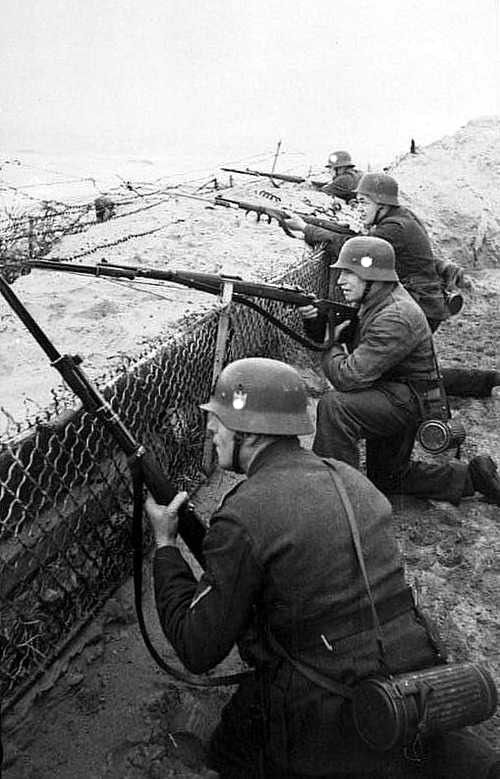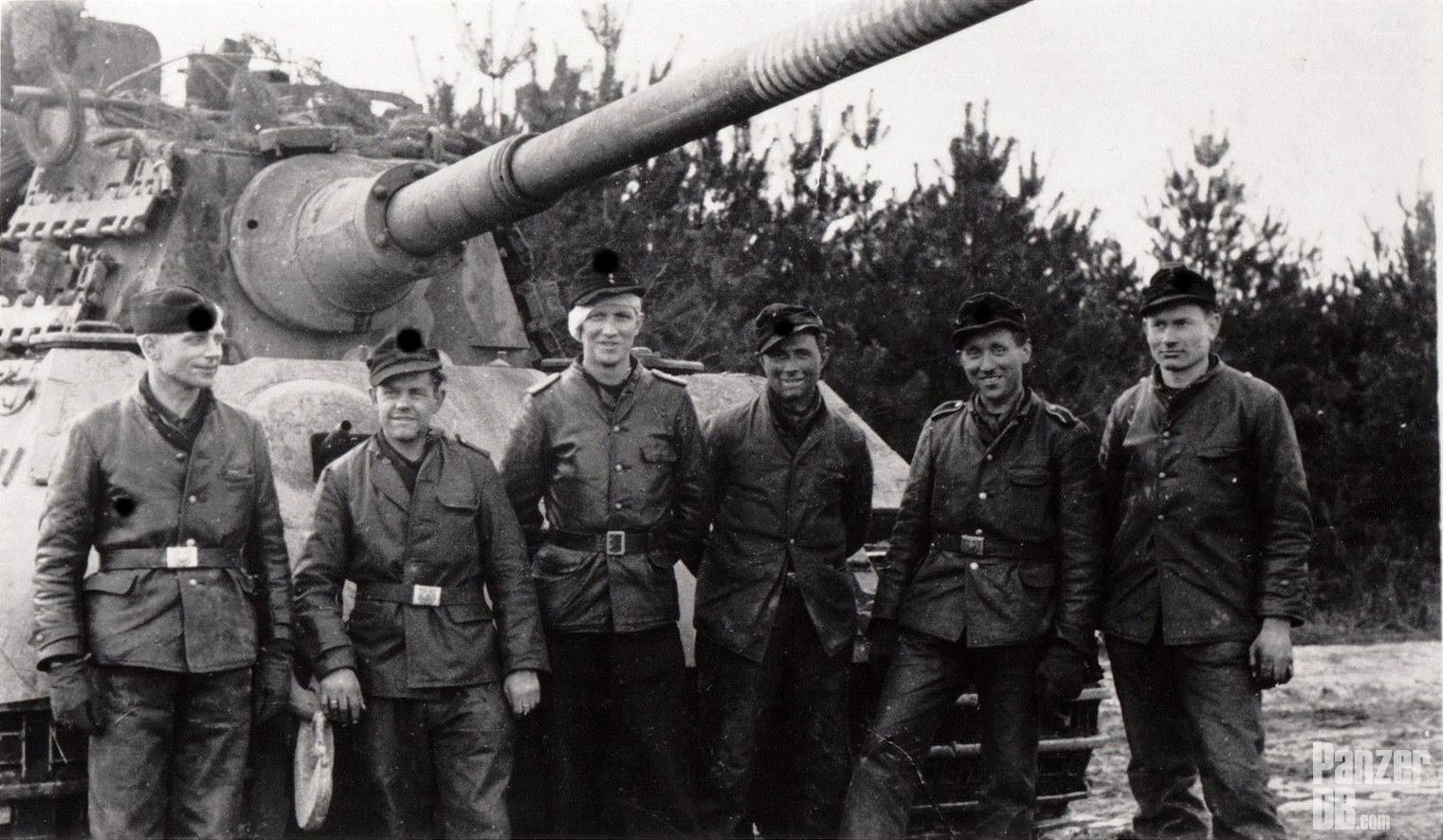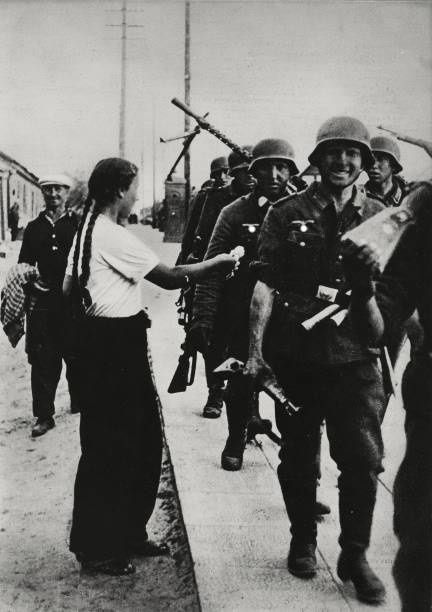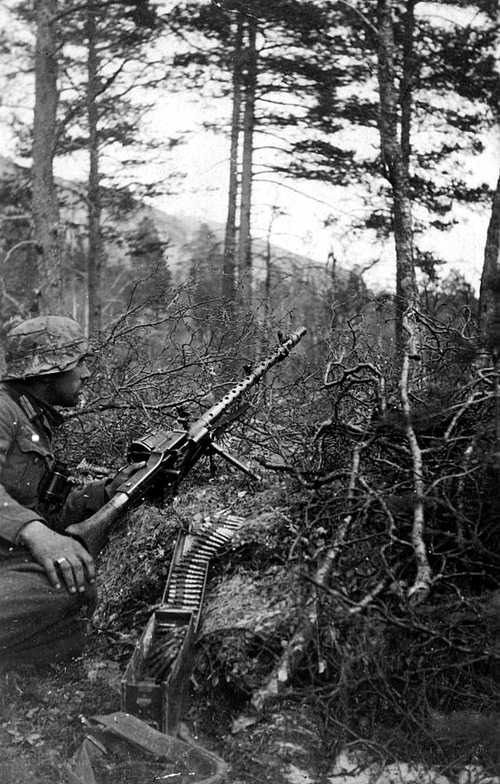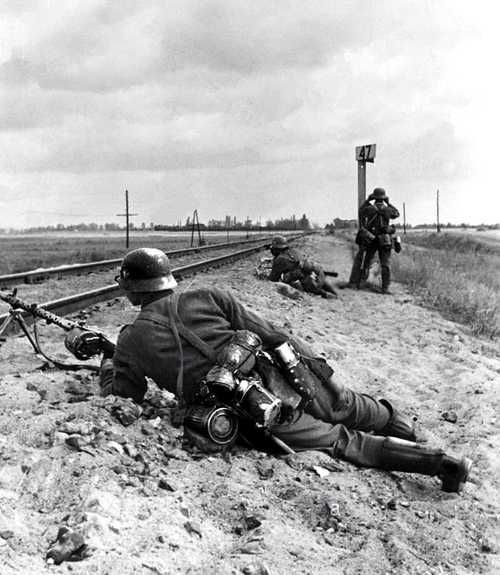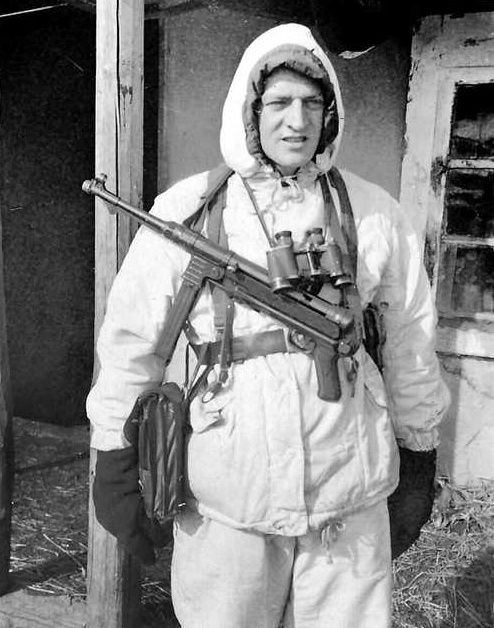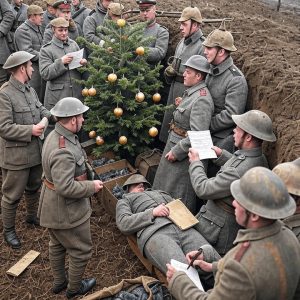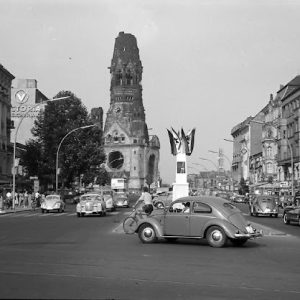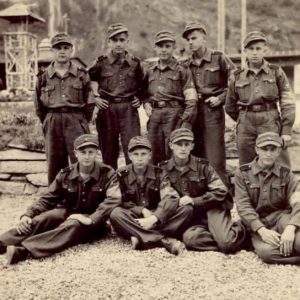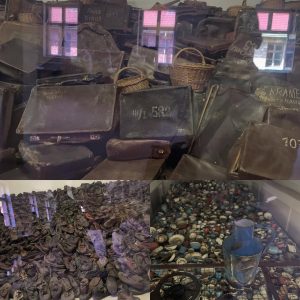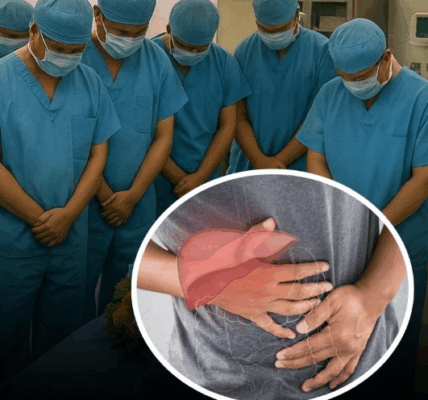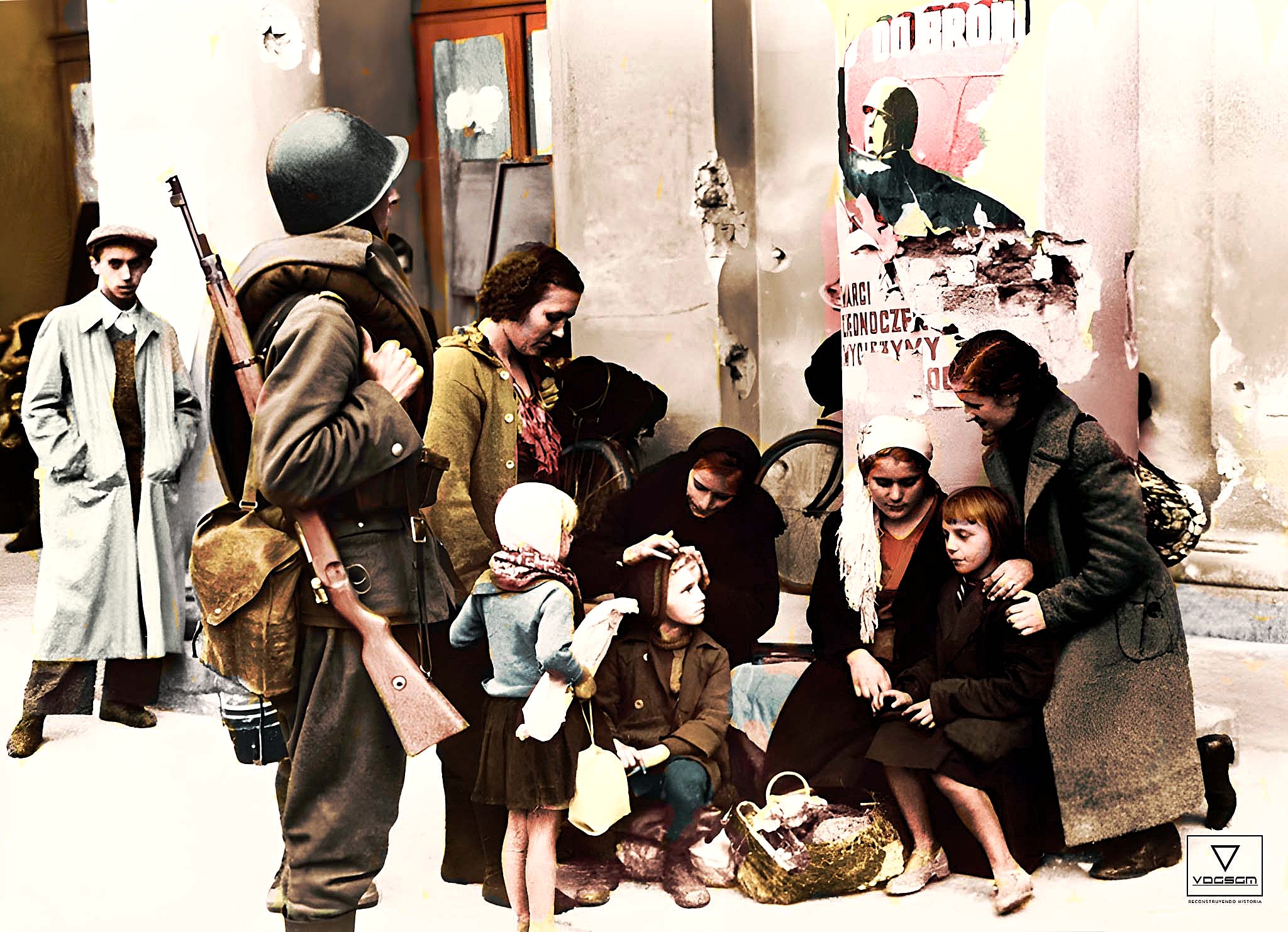
The beginning of the Siege of Warsaw: the arrival of German tanks on the outskirts of the capital (September 8, 1939)
Pictured: Civilian refugees in Warsaw. The population had fled the German advance and sought refuge in the city.
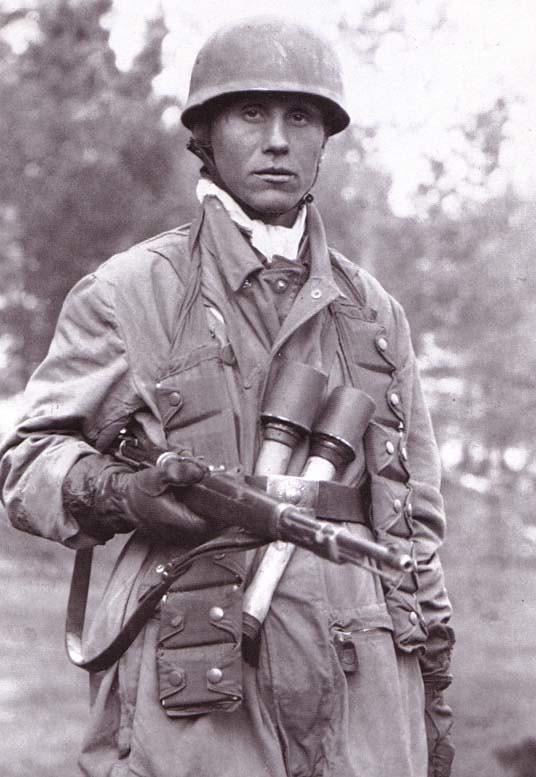
The paratroopers, Germany’s airborne troops during World War II, were considered one of the Wehrmacht’s elite combat units. Nicknamed “the Green Devils,” they earned a fearsome reputation for their tireless fighting spirit.
Their effectiveness was demonstrated in numerous operations, including the daring attack on Fort Eben-Emael, the invasion of Crete, raids behind American lines during the Battle of the Bulge, and their dogged defense of the monastery of Monte Cassino, where they held out for months against overwhelming odds.
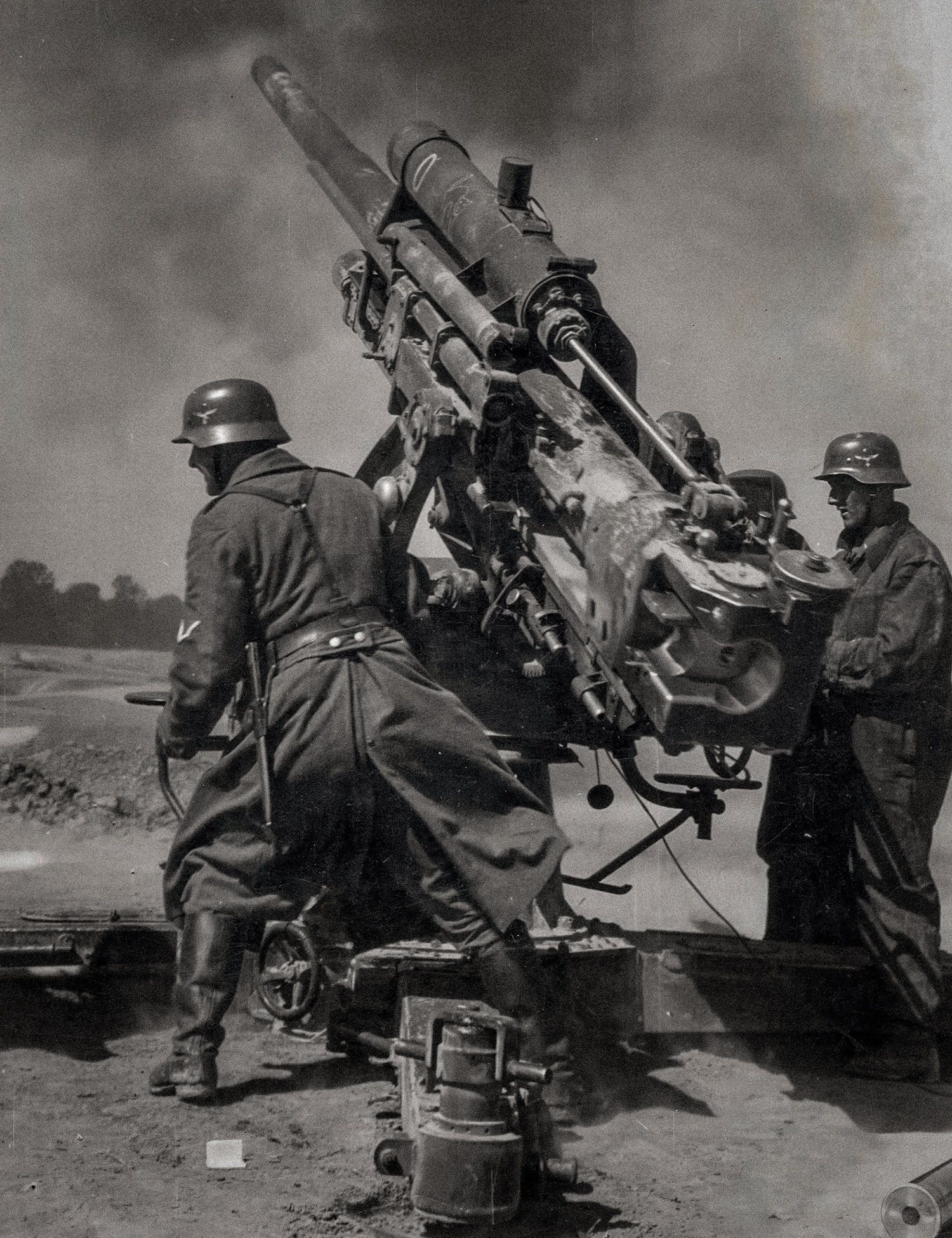
The German 8.8 cm Flak 18 in full recoil after firing. Originally developed as an anti-aircraft gun, it became one of the most feared anti-tank weapons of World War II.

A German soldier carries an MG-42 machine gun on his shoulder.

A German soldier shows two children a BMW R-12 motorcycle with sidecar.

A parade of German tanks on the Zeppelinwiese in Nuremberg, Germany, around 1940.

The photo shows an Air Force soldier next to a BMW R-12 motorcycle with sidecar.

The photo shows Panzergrenadiers next to an MG-42 machine gun.

In the photo, German soldiers perform an acrobatic demonstration on a BSA G14 motorcycle with sidecar.

The photo shows Luftwaffe soldiers next to a BMW R-75 motorcycle with sidecar.

A German soldier next to an Sturmgewehr 44 (StG-44).

A German soldier stands next to a Panzerkampfwagen IV (Panzer IV), the most widely produced German battle tank of World War II.

The photo shows Field Marshal Erwin Rommel.
Loved by his men, respected by his enemies and in the words of Winston Churchill: A great general.

The photo shows a young German paratrooper.

The photo shows Field Marshal Erwin Rommel.
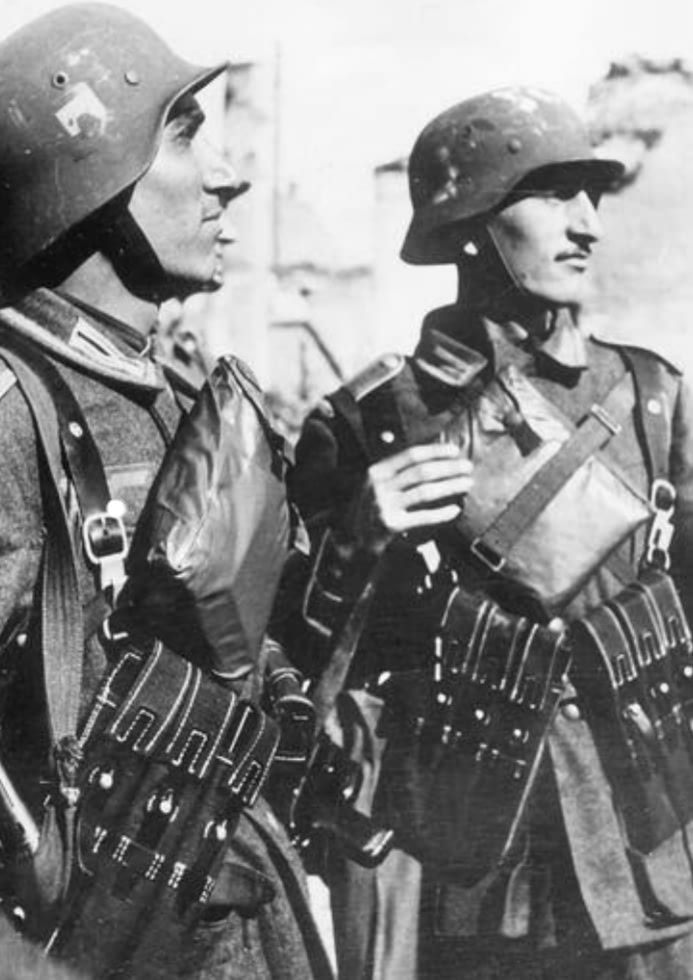
The photo shows two Spanish soldiers of the Blue Division with their MP-40 submachine guns (1942).

In the photo: German soldier Fritz Reidel returns to his wife and three children on May 21, 1945.
According to German statistics, most prisoners of war were released faster than Allied soldiers: Of the 2 million prisoners held by the Soviets, 900,000 were released in 1946, 300,000 in 1947 and 1948, and another 400,000 in 1949. Thus, 45% returned within one year, 60% within two years, and 75% within three years. Only 5% remained in captivity until the 1950s.

In the photo: A German soldier digs out a Zundapp KS-600 motorcycle with sidecar stuck in the mud (1943).

In the photo: German soldiers next to an MG-34 machine gun during a training exercise.

In the photo: A German soldier reports the number of received wooden hand grenades of the M-24 model (1943).

In the photo: Kriegsmarine sailors next to a 20 mm MG-FF cannon at an observation post.

In the photo: German soldiers march to the Eastern Front (1942).
It can be seen that they are armed with the Karabiner 98k.

In the photo: A Panzer III on a test site (May 1937).

In the photo: Luftwaffe soldiers next to an 88 mm Flak anti-aircraft gun.
The enormous 88 mm projectiles can be seen.

In the photo: German soldiers next to a 50 mm PaK 38 anti-tank gun.

In the photo: German soldiers, exhausted from the intense fighting on the Eastern Front, wait for new orders to launch Operation Spring Awakening (1945).
It can be seen that the soldier in the foreground is armed with an MG-42 machine gun.

In the photo: A German soldier next to a 5 cm Granatwerfer 36 on the outskirts of Leningrad (1943).

In the photo: A German soldier in the pose “presenting the rifle” (1939).
It can be seen that he is armed with a Karabiner 98k.

In the photo: German soldiers next to a 15 cm Nebelwerfer 41 multiple rocket launcher.
This powerful weapon was primarily used to support infantry and was known for its characteristic howling sound when fired, which often caused panic among opponents.

In the photo: German soldiers with an MG-34 machine gun in firing position.
This reliable weapon was used both by infantry and as on-board weapon in vehicles and was considered one of the most advanced machine guns of its time.

In the photo: German soldiers cross a bridge in Polish territory that was bombed by Polish troops to stop the German advance (September 8, 1939).
Such scenes were part of the early phase of World War II, when the Wehrmacht implemented its Blitzkrieg strategy, which relied on speed and surprise, and occupied Poland within a few weeks.

Fallen German soldiers are buried under U.S. supervision by German prisoners of war in Manche, Normandy – July 1944. LIFE Magazine Archives – Photographer: Ralph Morse – WWP-PD



